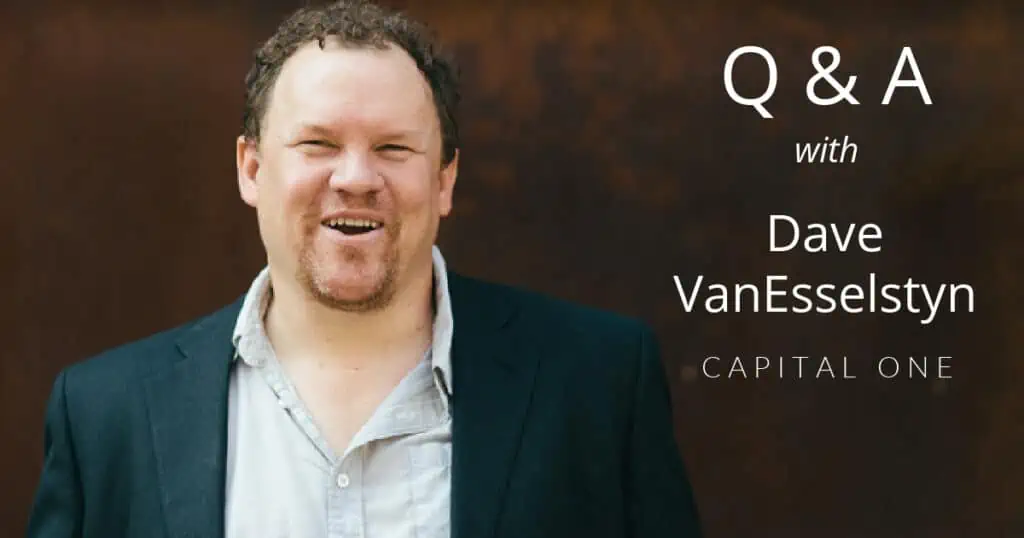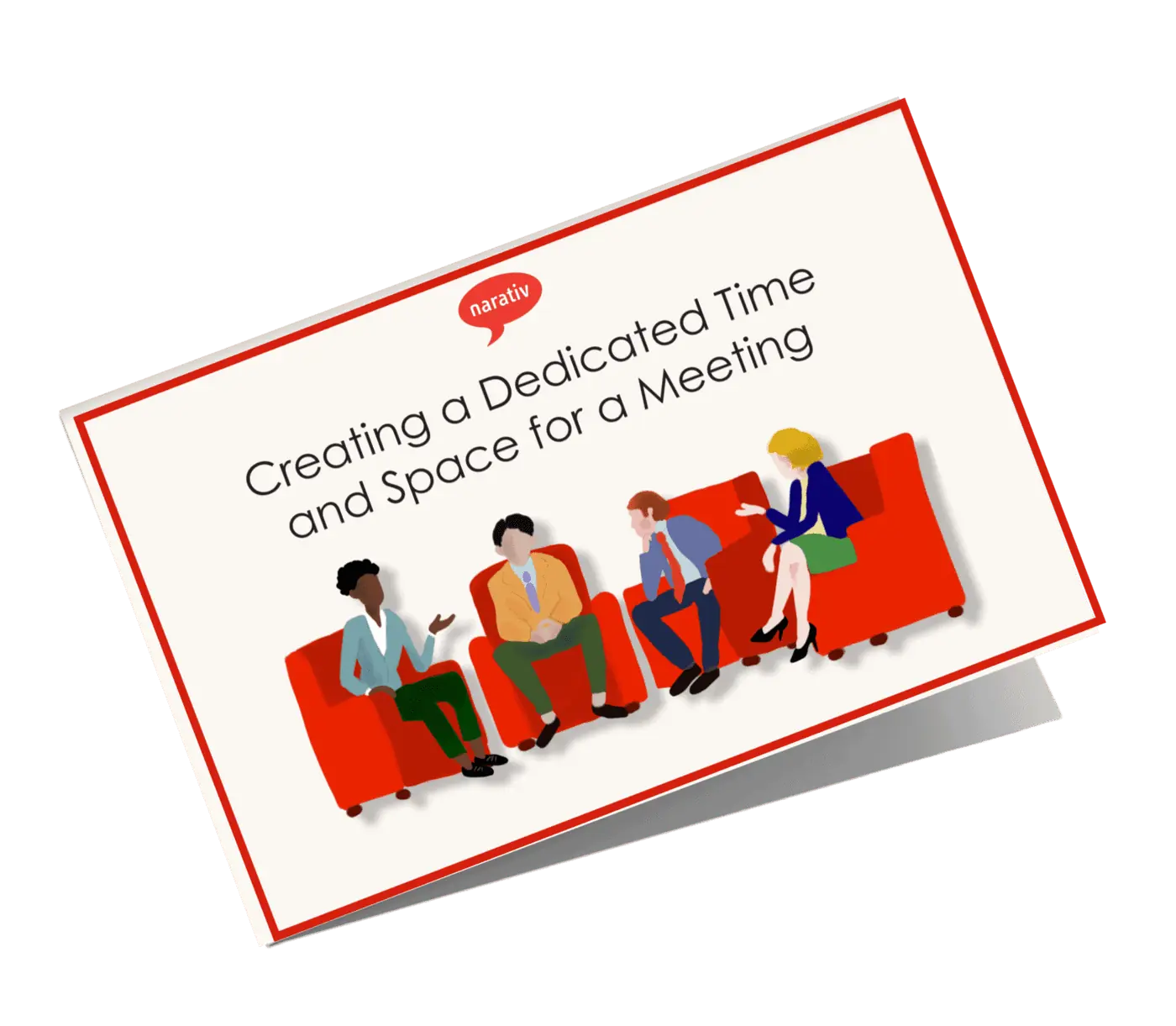Listening and storytelling in sales has proven power to create connection
One aspect of human behavior that hasn’t changed through the distinct technological and informational revolutions of the late 20th and early 21st centuries is the desire for connection. Connection is the bedrock of our interaction with the world. We seek it in love, we seek in success and recognition, we need it to affect change. Even when we are putting distance between ourselves and something or someone, we rely on connection to work toward disconnection. Without getting “selly” about this observation, how do we use the connection created by storytelling in sales to enhance the sales interaction?
As John Miller from Scribewise aptly points out in a recent article on the “story-driven sales deck”, buyers have more available resources to assist them in purchase decisions. Desktop browsers and smartphone apps supply a rich array of data by which customers build a subjective value model of a product or service: buyer testimonials, price comparison, authoritative reviews, social ratings. We are in a sense competing with the raw volume and multiple dimensions of this information. However, we have the ability to focus that information on a relatable touch point. We can tell a story. For salespeople and marketers, fostering connection through storytelling may be the holy grail in the quest for attention in an oversaturated marketplace.
Storytelling is a powerful tool. But it does not exist in a vacuum. It requires listening. That may seem obvious, yet the reciprocal relationship of listening and telling is often overlooked in the historical communication framework of sales. Sales is traditionally unilateral. By virtue of the value of time, salespeople have a short window to make their case. Perhaps they ask some cursory questions (which may appear scripted or canned) and then “tell” about their product. Usually, they focus on features and functionality. In this framework, a salesperson assumes that someone is listening. But, has the salesperson earned his or her customer’s listening? Earning a customers listening is the first step to building a fruitful experience of connection with them.
The Value of Listening
When a salesperson values listening equal to telling, they can shift the baseline model of the sales interaction towards connection. How does a salesperson listen? Aren’t salespeople supposed to be talking about the value of their products? From that assumption, it follows that many salespeople are not terribly skilled at asking questions (as a recent UK report shows). They should improve because questions lay a foundation for understanding that is by nature personal and precise. In response to a question, a customer may speak of the hopes/ fears or obstacles/passions that relate to a product or service. For example, in one report, a customer spoke about a “fear of retirement because I may not have enough money to support my family”.
What are the best practices to relate to that fear? In the model of the reciprocal relationship of listening and telling, a salesperson first simply listens and acknowledges. There’s no better way to build trust than to listen openly and attentively. (One study shows that if the client speaks more than 70% of a meeting, 100% of deals resulting from that meeting will close.) If he or she follows with questions based on genuine curiosity, customers will develop their story. It won’t be a neatly crafted tale, but it will be a structure of experiences that follows a quest toward fulfilling or being prevented from fulfilling a goal. A lot of actionable information has been shared. What happens next?
After listening, a salesperson will want to complete the loop of listening and telling. They may be drawn to tell a story from a deck or story library about another customer who faced similar fears, which were then ameliorated by the product or service. This is the traditional way of responding to a customer: “Your story of experience A is closely mirrored by another customer’s story of experience B.” However, to both mirror and advance the trust and understanding he or she is developing with a customer, a salesperson would want to find his or her personal place in the story they are telling.
One could begin as simply as, “Another customer of mine had a similar fear…” but then transform the approach with “and as I listened to her I was reminded of my own fears or feelings..”, or ..”my grandmother’s fears,” and so forth. The bridges built by this kind of relational storytelling are firmer and sounder than when one remains a passive conveyor of other people’s stories. When a customer feels that there is something at stake for the salesperson too, it creates a different type of bond—an emotional touchpoint that connects seller and buyer beyond the roles of seller and buyer. That little slice of commonality can go a long way toward a successful sale.
Because salespeople are invested in what they are selling, they will, without doubt, have stories with which to respond. The right one to tell will be stimulated by the story the customer has told. This is the dance of the reciprocal relationship of listening and telling and precisely what makes communication derived from it fresh and genuine, rather than scripted or canned. Listening and responding is a natural way of being natural with your customers (rather than trying to “be yourself” or other valid approaches mentioned in sales advice articles that may lack actual practices for a salesperson to implement.)
Why Story? Why Now?
Think about your own connection to what you sell.
- How are you connected to that product, service or company?
- What is your story and why is it relevant in the moment you are telling it?
You may have indeed answered this many times before. However, if you answer it fresh each time, you’ll find new dimension and nuance. Keeping the question, Why Story? Why Now? in your mind at the outset enlivens your sales experience and creates a stronger connection with your customers. Knowing that it takes listening and telling to complete the sales interaction gives you a special insight into how to naturally build trust and genuinely benefit the person on the other end of the deal.



